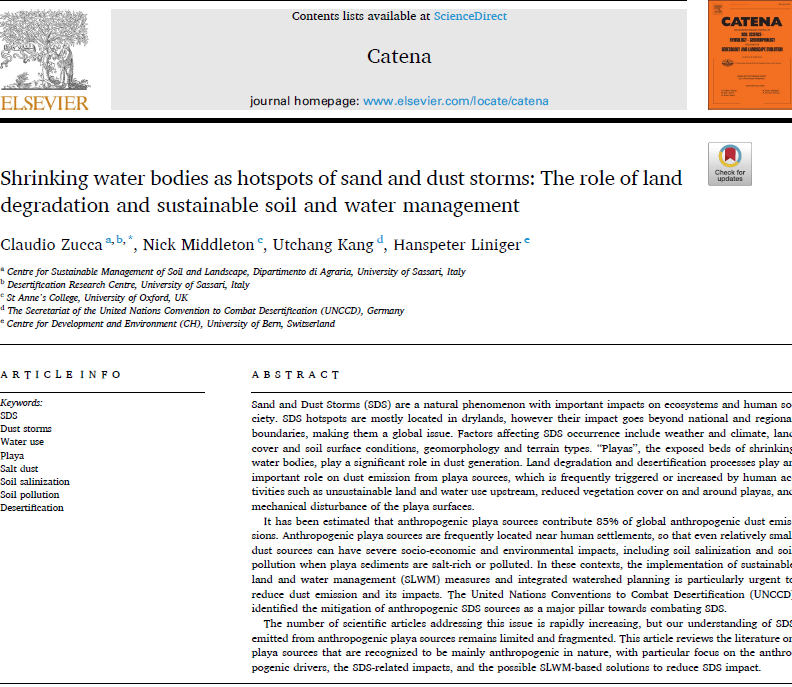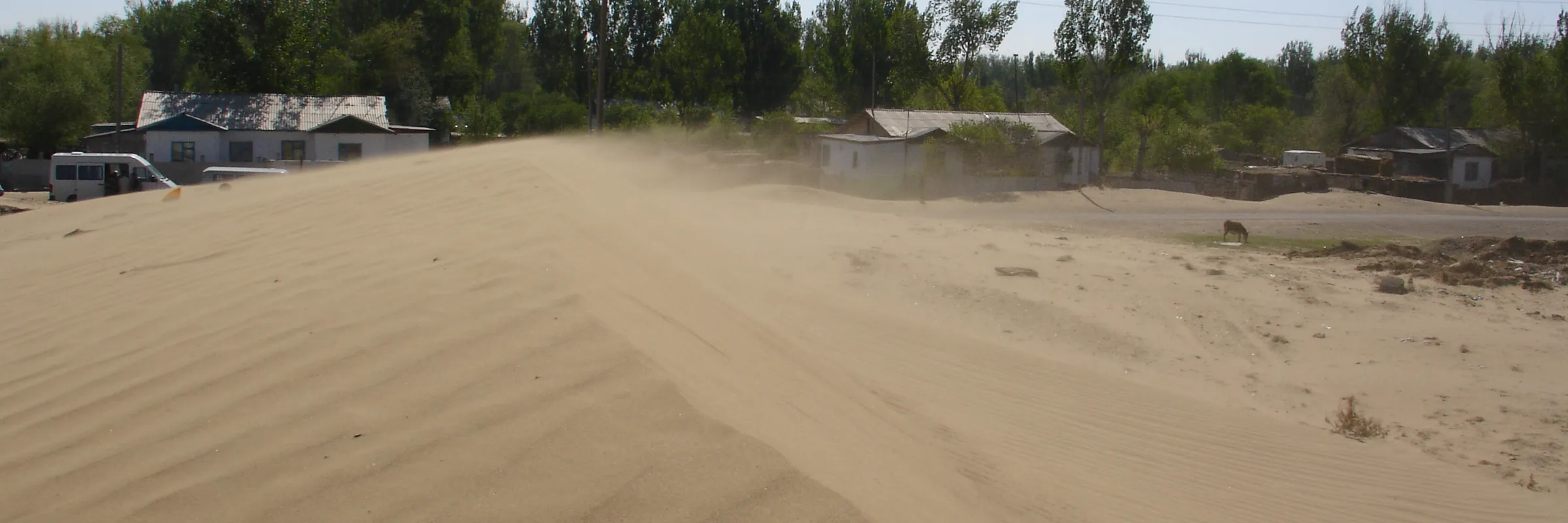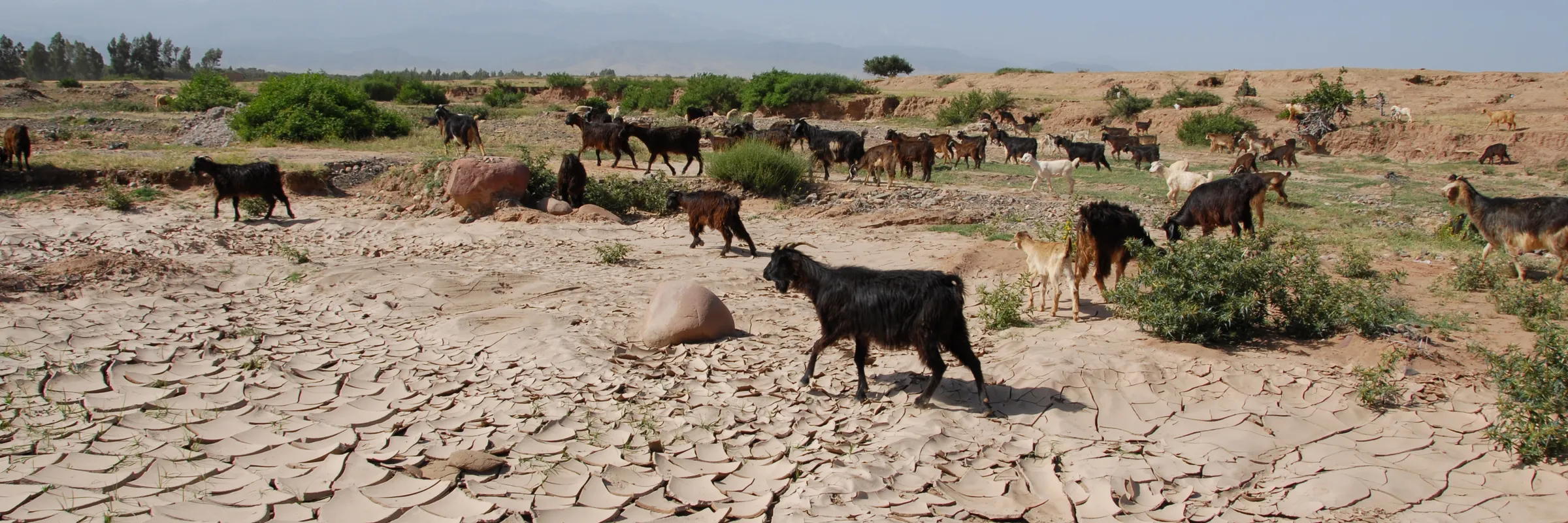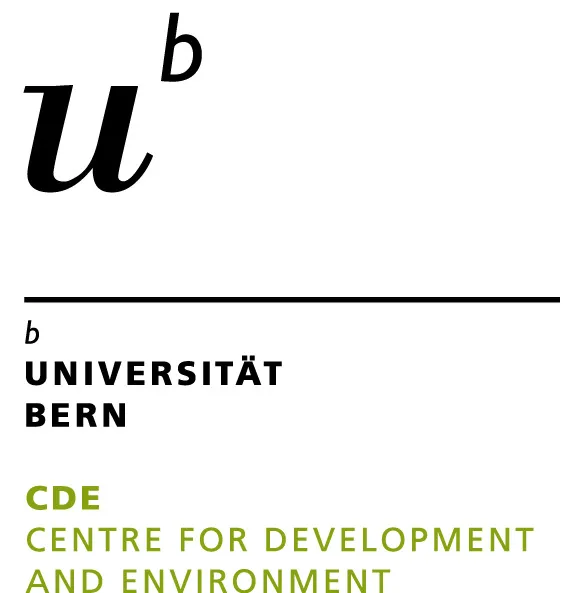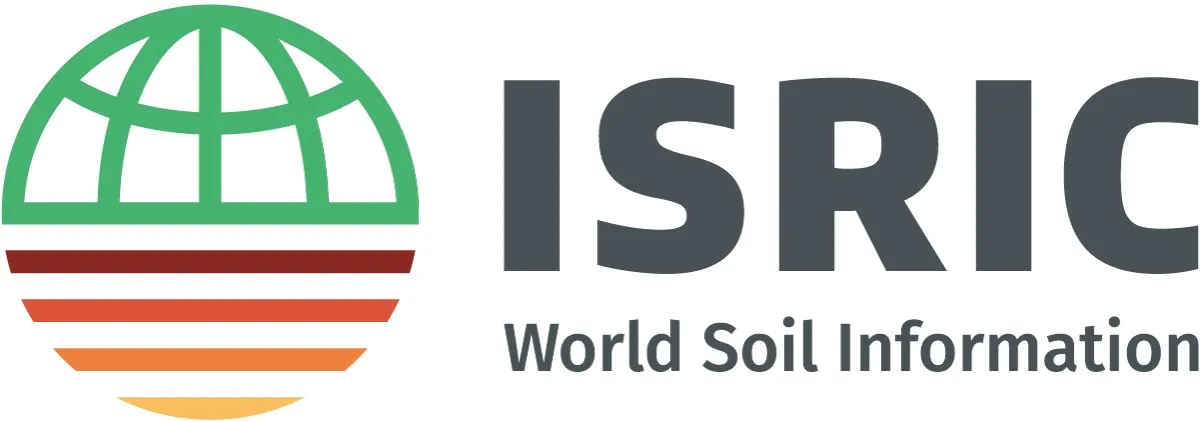WOCAT SLM Database alignment with UNCCD SDS and Drought Toolboxes
- Home
- WOCAT SLM Database alignment with UNCCD SDS and Drought Toolboxes
Sand and dust storms, and drought
Sand and dust storms (SDS) are natural phenomena – but their occurrence and magnitude are affected by how people manage their land. Poor land management makes the drylands, in particular, more vulnerable to SDS. Climate change is also having an increasing influence.
Drought is nothing new – but human activity serves to make the effects worse. Degraded land is not so resilient to drought: less water is held in eroded and devegetated landscapes and recovery is slower. Like SDS, climate change is making drought more common and severe.
Both SDS and drought have an impact on the environment, and there are socio-economic consequences. Agriculture, industry, and transportation are all affected. Poorer water & air quality have a direct impact on human health.
Thus, land degradation and desertification caused by unsustainable use of agricultural land, deforestation, overgrazing, and depletion of water resources are drivers of SDS. And, as a result of land degradation, droughts become more severe in their impact on the land and in turn can worsen SDS - triggering wind erosion from dry, unvegetated lands. Climate change is exacerbating SDS occurrence, and increasing the frequency and duration of droughts.
The UNCCD supports countries in the mitigation of SDS impacts and anthropogenic dust sources by advocating the following three-pillar approach as proposed in the Policy Advocacy Framework of SDS: 1) Early warning systems; 2) Preparedness and resilience; and 3) Anthropogenic source mitigation.
SLM is a cost-effective solution to improve water storage, mitigate impacts of drought and address biodiversity loss. UNCCD has taken major steps towards developing and implementing a global strategy for drought - the Drought Initiative - which focuses on drought preparedness systems, regional efforts to reduce drought vulnerability and risk, and a toolbox to boost the resilience of people and ecosystems to drought. It promotes a paradigm shift in the approach to drought management, from a reactive and crisis-based approach, towards a proactive and risk-based approach.
UNCCD Toolboxes and WOCAT Data
Drought Toolbox
The Drought Toolbox, developed through close partnership among UNCCD, UN agencies and scientific institutions, was launched at COP 14. It integrates several tools, organized into three modules: Monitoring and Early Warning; Vulnerability and Risk Assessment; and Risk Mitigation Measures. Under the Risk Mitigation Measures module, SLM Technologies and Approaches from WOCAT’s Global SLM Database were selected, integrated and visualized as potential solutions together with practices from other documents and publications. The Technologies and Approaches are presented with their title and a photograph, as well as a link which transfers the user to the SLM Database.
SDS Toolbox
In collaboration with partners from the UN SDS Coalition, the UNCCD is preparing a SDS Toolbox, similar to the Drought Toolbox. Under this joint project, WOCAT is currently enhancing its Technology dataset and developing pathways that will help the Toolbox users to identify SDS-relevant SLM solutions.
Project Objectives
The aim of the project is to analyze the SDS and drought responsiveness of the SLM Technologies and Approaches stored in the WOCAT SLM Database and to make relevant SLM practices available to global users through the UNCCD SDS and Drought Toolboxes. For example, this will help land use planners, project designers and implementers to identify SLM options that can be applied in the framework of LDN initiatives and the UN Decade of Ecosystem Restoration.
Specific objectives are to:
- Assess the SDS and drought responsiveness of existing WOCAT SLM Technologies and Approaches in the SLM Database and classify them to clarify and enhance their relevance to the different user needs.
- Integrate the SDS and drought-relevant WOCAT data into the UNCCD SDS and Drought Toolboxes for a user-friendly search of relevant SDS and drought mitigation options.
- Enhance the SLM Database interface to create entry points to SDS and drought, and, potentially, to other priority topics of the Convention.
Contact Persons
 Switzerland
Switzerland Italy
ItalyPartners
Toolboxes
The Drought Toolbox provides tools, case studies, and other resources in order to support the design of the National Drought Policy Plan with the aim of boosting the resilience of people and ecosystems to drought.
Coming soon: The UNCCD, UN agencies and scientific institutions - incl. WOCAT - are currently developing a SDS Toolbox. The goal is to assist countries develop a proactive approach to prevent and cope with SDS.
Related articles
